SEO stands for Search Engine Optimization which is the process of improving your website so that it ranks high for relevant keywords in the search results of Google, Bing, and other search engines.
Let’s say you have a food blog that has a chicken tikka recipe. You would want people to find your recipe through search engines like Google. But there are over 121 million chicken tikka recipes on the internet.

If you want your food blog to get found when someone googles “chicken tikka recipe”, then it should rank on top above everyone else in the search results. Search engine optimization helps ensure that your blog posts have a fair chance to rank on top.
Why is SEO important?
95% of the internet use Google for searching the web. That is why Google is the most popular website on the entire internet which also makes it a big source of traffic. To put things in perspective, Google gets four times more traffic than the next most popular website on the internet which is YouTube. That means you need to be ranking high in the search results if you want organic traffic to your website.
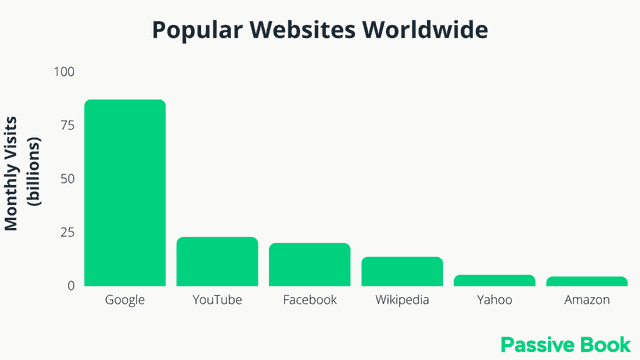
It is estimated that 7.5 million articles and blog posts are published every day. Search engines like Google help visitors find the information they are looking for from the ocean of content available out there. Without doing proper SEO, your website will get drowned in that ocean and no one will ever find it.
There are two distinct benefits to using search engine optimization to drive organic traffic:
Free Traffic
SEO traffic is free. All you need to do is optimize your website for a relevant keyword and wait for the search engines to rank you high in the search results. Unlike advertising, you don’t have to pay for every person that visits your website. You only need to optimize your site once and the organic search traffic will keep coming as long as your web page continues to rank.
For example, the keyword “essential oils for headaches” gets 6100 people clicking the search results every month in the US. If you want to show an ad at the top of the search result for that keyword, you must pay $1.9 per click.
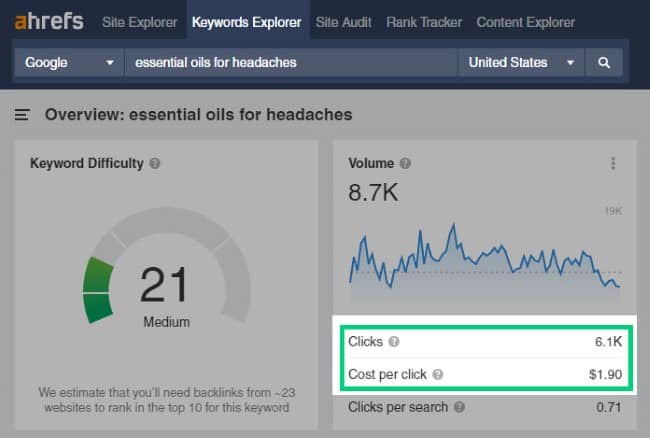
But if you used SEO instead to rank on top organically, you will get traffic worth $11,590 for free. Remember that this is just from one keyword. The more keywords you target using SEO, the more website traffic you will get.
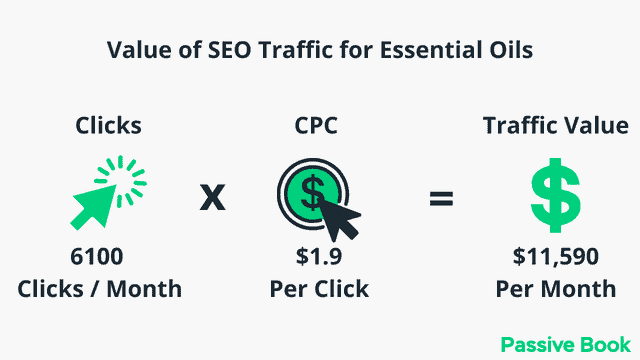
High-Quality Traffic
SEO traffic is also high quality. Searchers are not randomly browsing the internet when they stumble upon your website like social media traffic. People who click on your website from the search results are actively looking for what you have to offer. This makes it much easier to convert them into customers and subscribers.
How does SEO work?
Google uses web crawlers, also known as bots or spiders, to gather information about pages on the internet. The search engine crawler starts from known pages and follows links on the page to discover new pages and websites. The spider will crawl pages on the internet.

The content of the page along with the context of the links pointing to that page helps Google understand what the page is about. They used this to understand how a page is connected with other pages in their database called index.
When a user does a Google search, it pulls out what it believes is the most useful search result for any given search term. The search engine algorithm that decides which pages to show for each query uses many different ranking factors. The ranking factors can be broadly classified into the following three:
- On-page metrics like keywords, title tag, and meta description.
- Off-Page metrics like backlinks pointing to the page
- User experience metrics like time spent on the page.
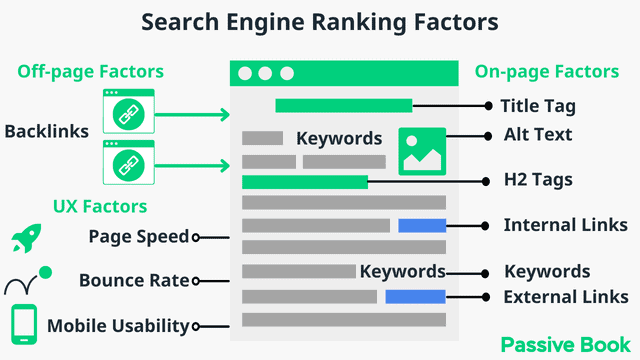
SEO involves optimizing your website and content for these factors so that the search engine algorithm favors it.
Why do search algorithms use these factors to choose the best result? For that, we need to understand how search engines work.
How Search Engines Work
When you do a Google search, the search algorithm ranks pages in real-time based on many different factors, to bring you what it thinks is the best result.
To arrive at the best result for any given query, the search engine tries to optimize for three things:
Relevance
The page should be about what the user is looking for. If you search for “how to grow tomatoes” you should not get an article on “how to make ketchup”.
Google identifies how closely your page is related to the search query by looking at the on-page metrics like keywords on the page.
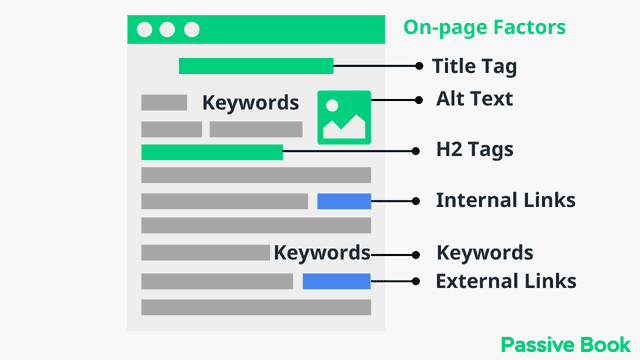
But there will still be thousands of relevant pages for any given keyword. So Google will look at two other things to determine the best search result. This is why you should have pages other than your home page to pull your target audience.
Authority
The page should be from a reputable source that is not only accurate but also trustworthy. Google identifies how trustworthy a website is by looking at off-page SEO metrics like the number of links pointing to the page which is also known as backlinks.

In general, the more links a page has, the higher the page will rank.
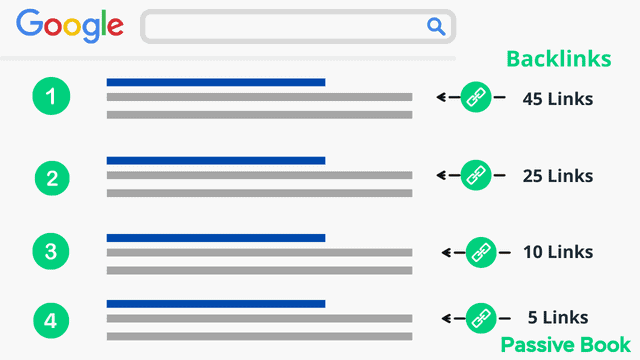
But not all links are considered equal. Backlinks from high-authority websites have more weight than backlinks from low-authority sites. Google also gives a lot of weight to where the backlink is placed and in what context the page has links.
For a page on “how to grow tomatoes”, a backlink from a medium-authority gardening blog will be more valuable than a backlink from a high-authority business blog. A backlink from a high-authority business blog will be more valuable than a low-authority cooking blog.
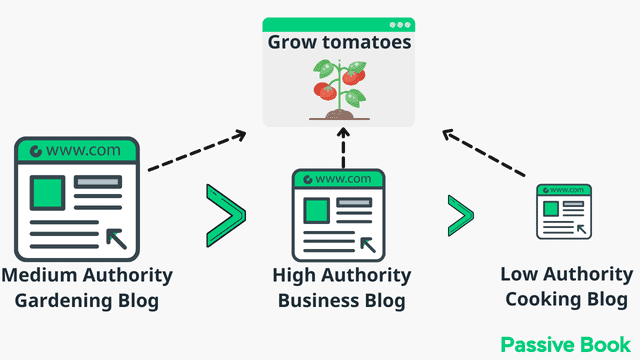
Usefulness
A piece of content can be relevant and authoritative but not useful if it doesn’t satisfy the search intent.
Let us say you google “How to Grow Tomatoes”.
The first article has 10,000 words and covers every aspect of growing tomatoes making it high-quality content. The article is highly relevant and has a lot of links making it authoritative. But you feel overwhelmed reading the article. So you click the back button and go back to the Google search result to read the second article.

The second blog post is also on an authoritative website and is relevant to what you searched on Google. But the article is generic and shares what you already know. So you click the back button again and go back to google search to read the third article.
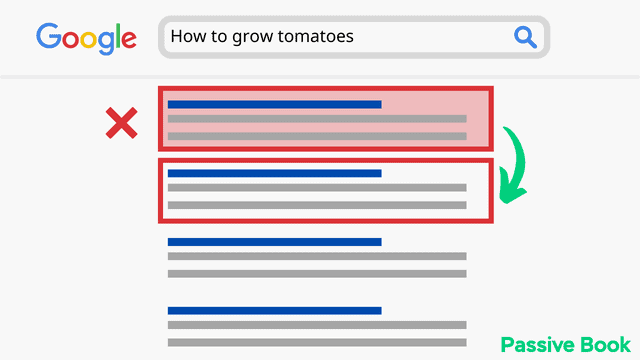
The third article in the search result is well-organized and easy to read and implement. It does not have a lot of backlinks, but it is exactly what you are looking for. In other words, it satisfies your search intent. So you take your time to read the article. You also end your search because you found what you are looking for.
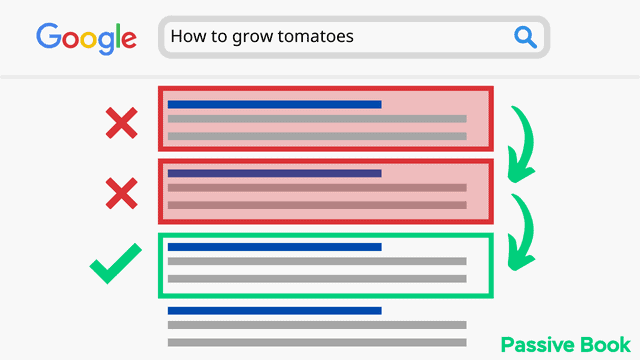
The first article will be pushed down by google because it did not satisfy search intent.
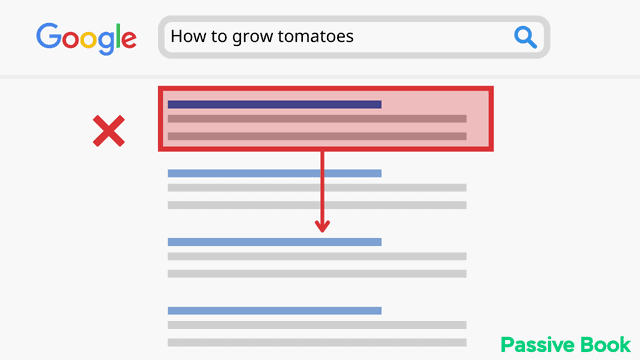
Google will rank the third article higher even though it has fewer links simply because it is more useful and satisfies search intent.
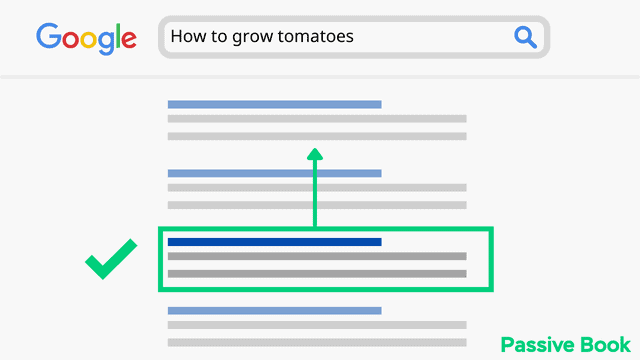
This behavior of a user jumping from article to article in the search result is called pogo-sticking. Google uses this behavior to determine the ability of a search result to satisfy search intent.
Google also uses time spent on the page, bounce rate, and other user experience metrics as a search engine ranking factor.
How can I learn SEO?
There are many aspects to SEO, like keyword research, link building, technical SEO, and site architecture. But it usually boils down to writing high-quality content that satisfies the search intent of a relevant keyword. This should be followed by building internal links and external links to the content. The goal is to create content that will rank higher in the search for any given keyword.
If you want to master SEO, check out the SEO Library where we go into each element of SEO step by step. Use it to either optimize your site to get more search traffic or to become an SEO specialist who offers SEO services to other website owners.
Black Hat, White Hat & Grey Hat SEO
SEO Techniques can be black hat, white hat, or grey hat.
Black hat SEO are sneaky tactics that work in the short term to game the search engines. In the long term, Google usually ends up punishing sites that use black-hat methods, making it impossible for these sites to ever rank again.
White hat SEO on the other hand, are long-term strategies that play according to the rules of the search engines. Your SEO efforts will keep your website ranking high in search results for many years because they are also considered to be part of good design.
Grey hat SEO is a mix of the two. While these strategies are not in direct violation of Google’s guidelines, they can still get your site into trouble if taken to an extreme. They are usually done with the hope that the search engines will not notice and reward you for it.
For example, Google does not like using guest blogging to build links. But guest blogging is a great way for many businesses to build their brand. If you buy guest posts on websites that are in no way related to yours, it is clear you are doing it for links. So it becomes a black-hat SEO strategy. But if you write guest posts on relevant sites that provide a lot of value to the readers, then it will be white hat SEO.

All the tactics we cover in PassiveBook are white hat techniques. We believe in playing the long game instead of burning the house by trying to chase quick wins.
SEO VS SEM
The search engine results page has two sections, paid results followed by organic search results.
The paid results are the ads that show at the top, bottom, or right of the organic results. Search Engine Marketing (SEM), is the process of buying ads on Google and other search engines to display in the paid search results. The paid results in search are ranked by how much advertisers are willing to pay for every single visitor.
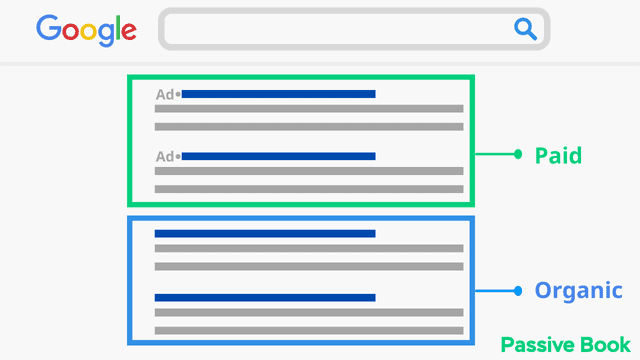
Organic search results are pages that rank below paid search results. These results rank 100% based on the merit of the web page. You cannot pay Google to rank a web page higher in the organic search results, but you can do SEO so that the google algorithm favors it. SEO marketing is different from SEM because you don’t have to pay for it. Both SEO and SEM should be part of your digital marketing strategy.
What Next?
Hope this short guide helps you understand what is SEO. There is a lot to learn in SEO but the amount of free high-quality website traffic it can bring makes investing that time in learning worth it.
If you are looking for a more in-depth guide on search engine optimization, please check out our SEO Library. It will start by teaching you the SEO basics like keyword research & link building followed by advanced techniques to make you an SEO expert.
If you have any questions about SEO, please feel free to leave a comment below and I will be happy to help.
Share this post with your friends & followers:
